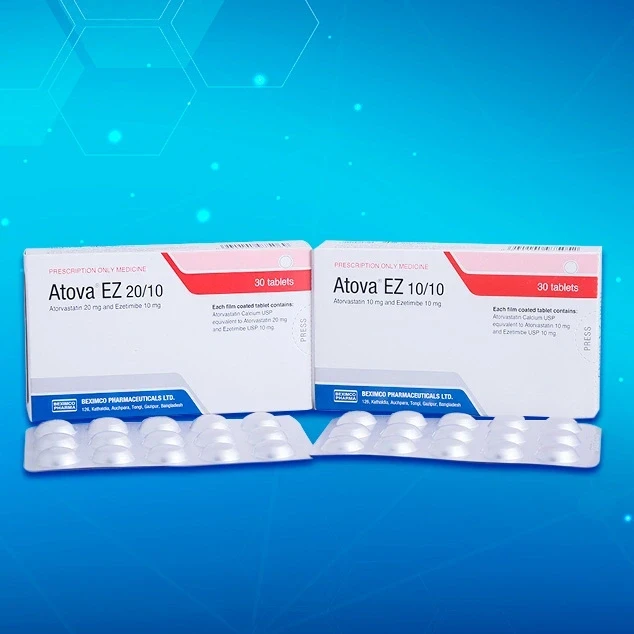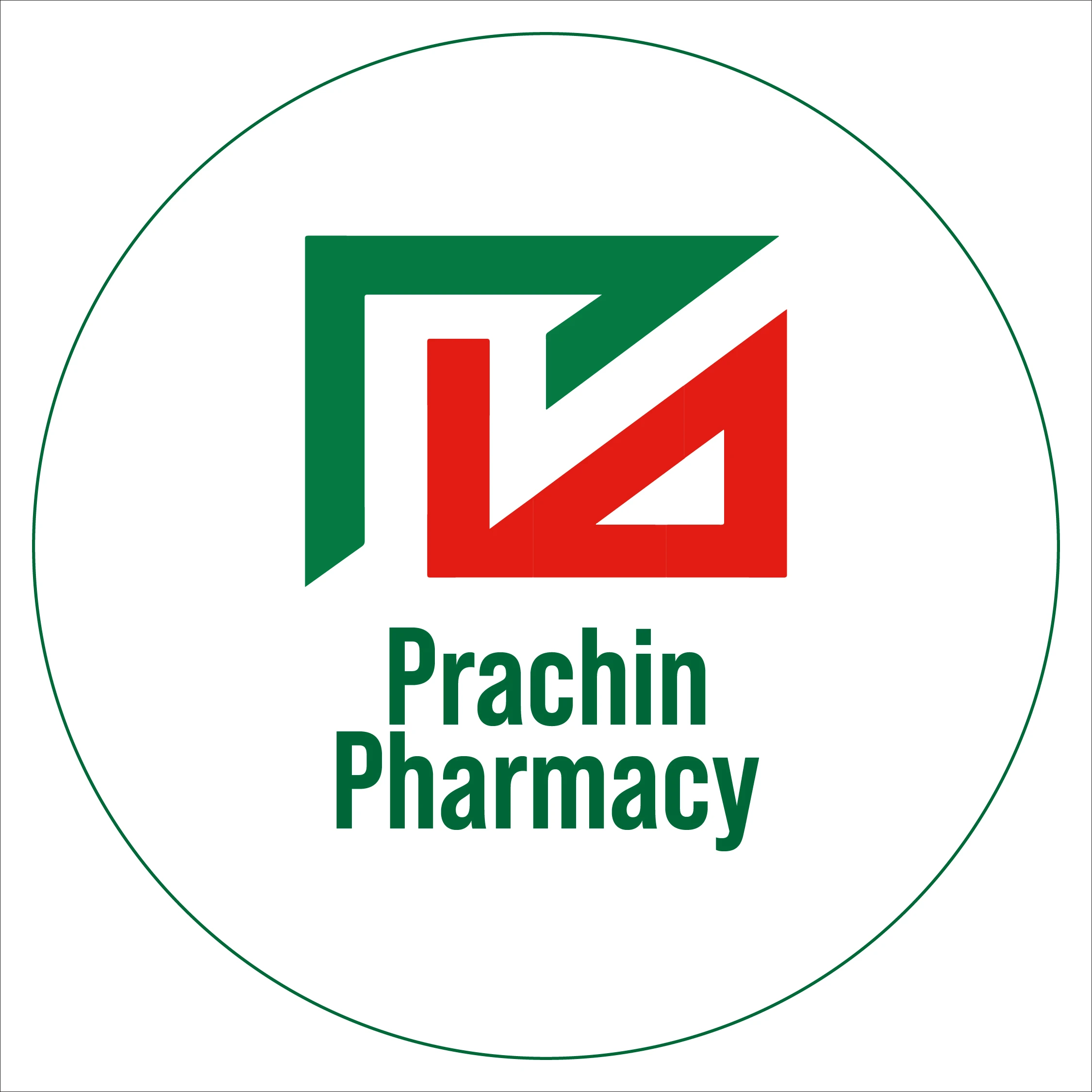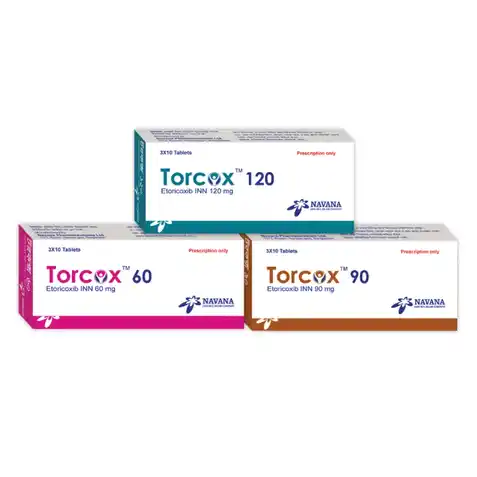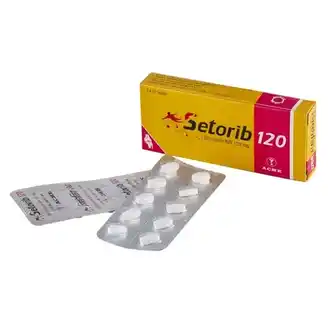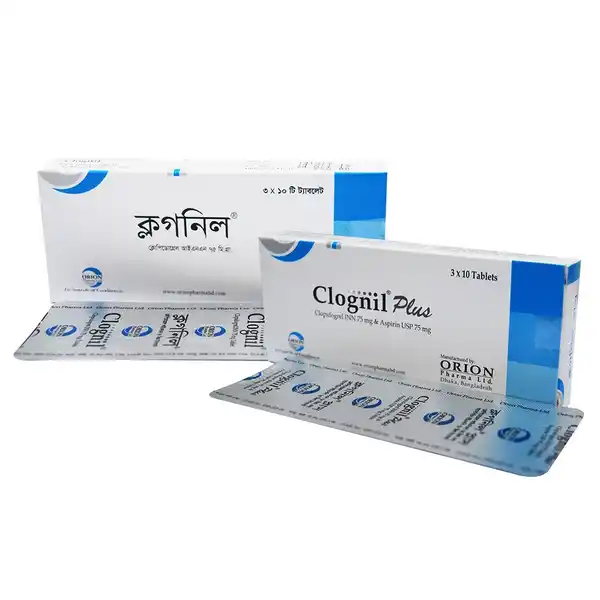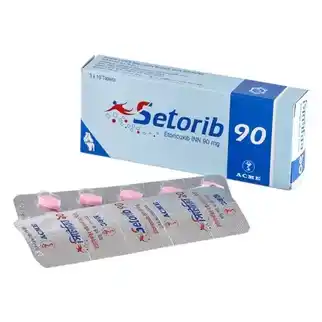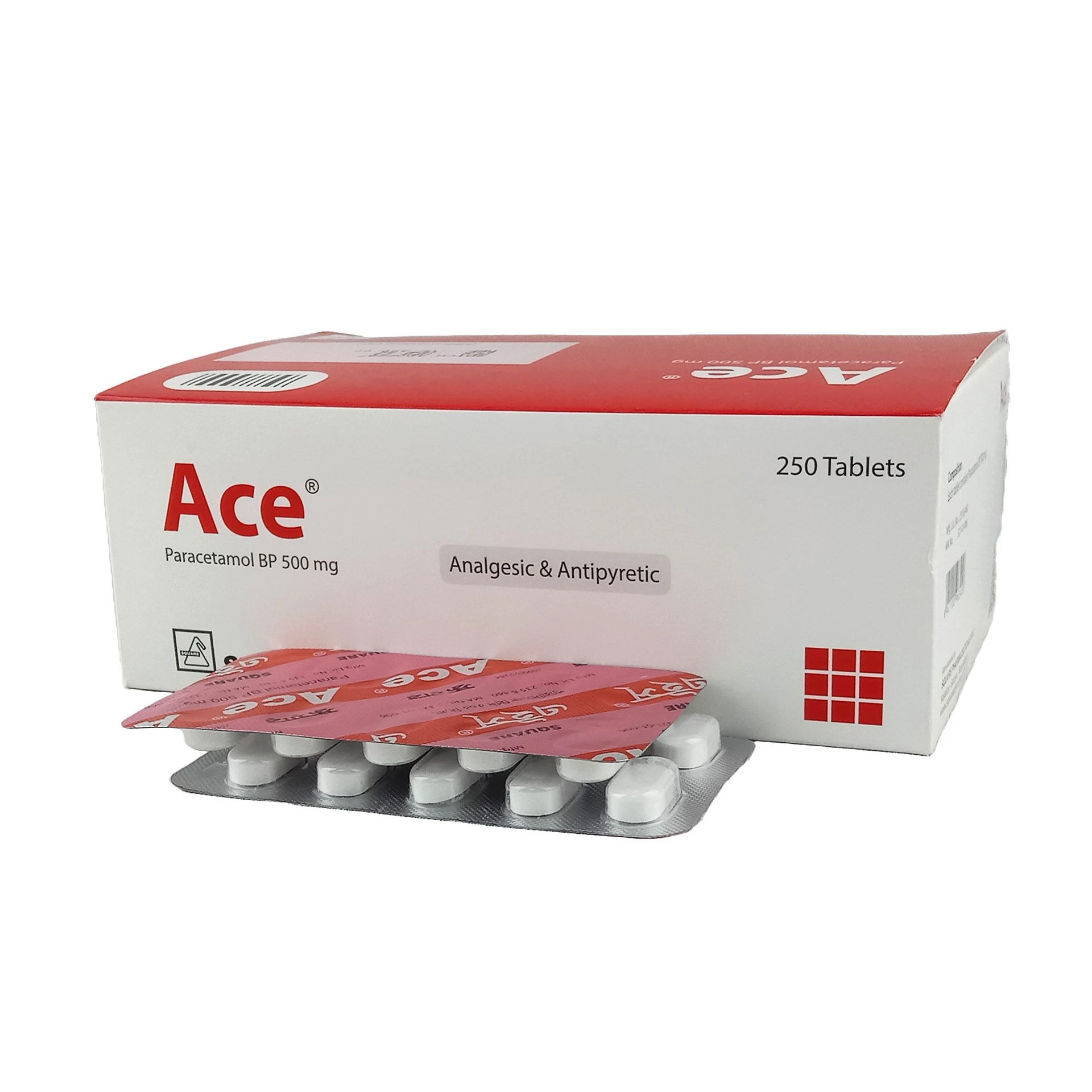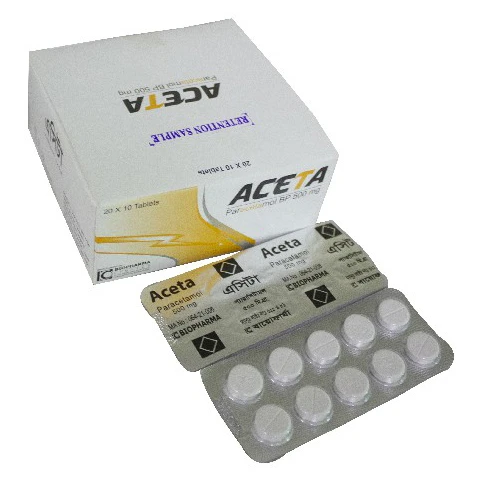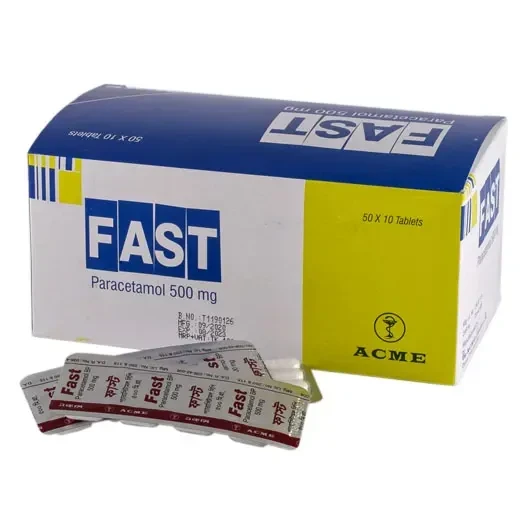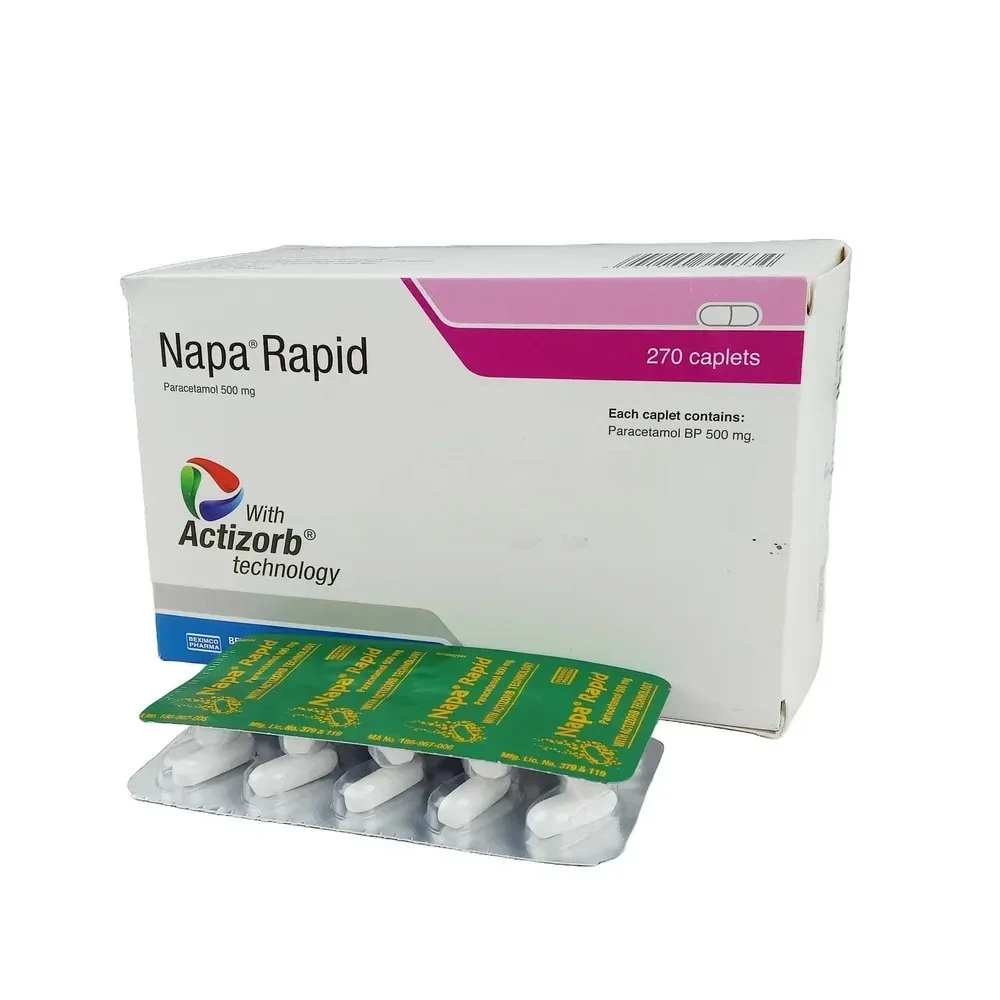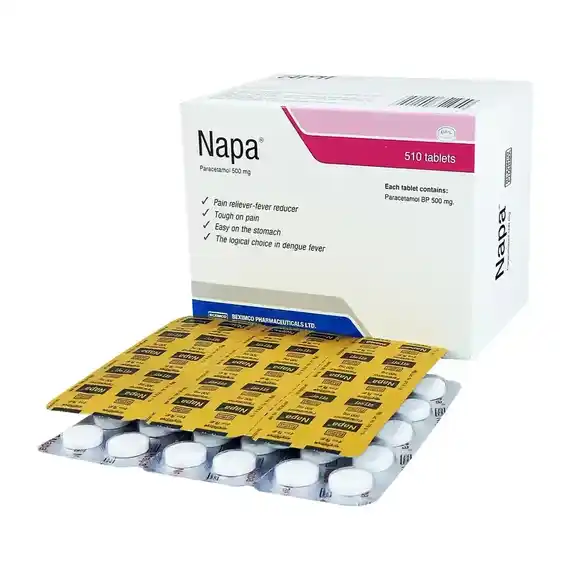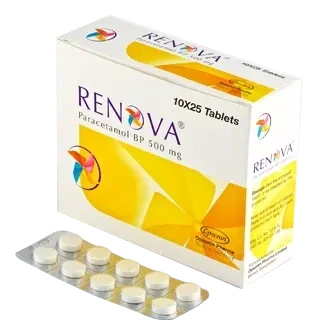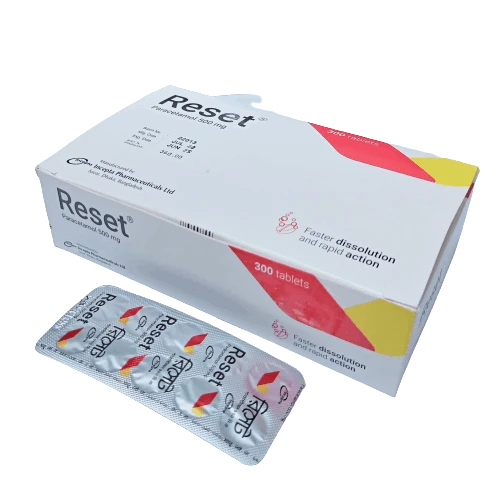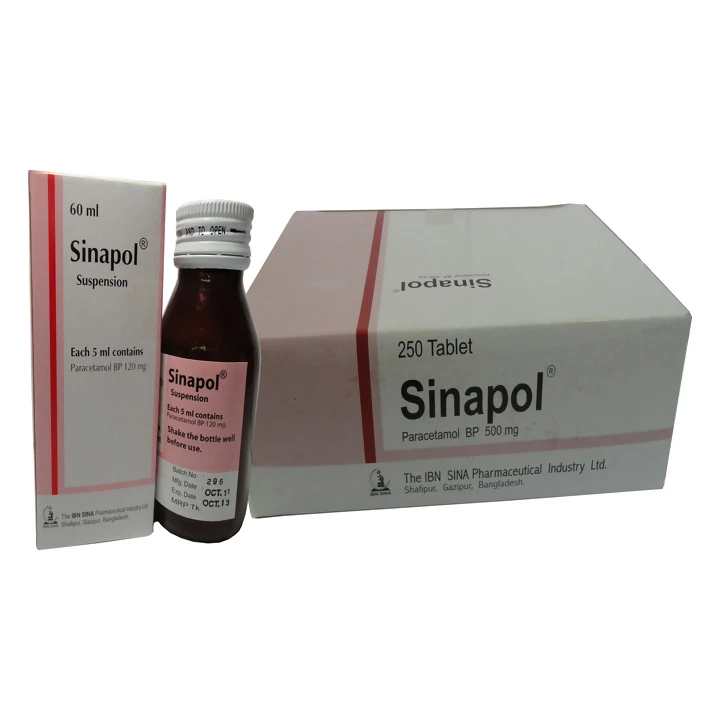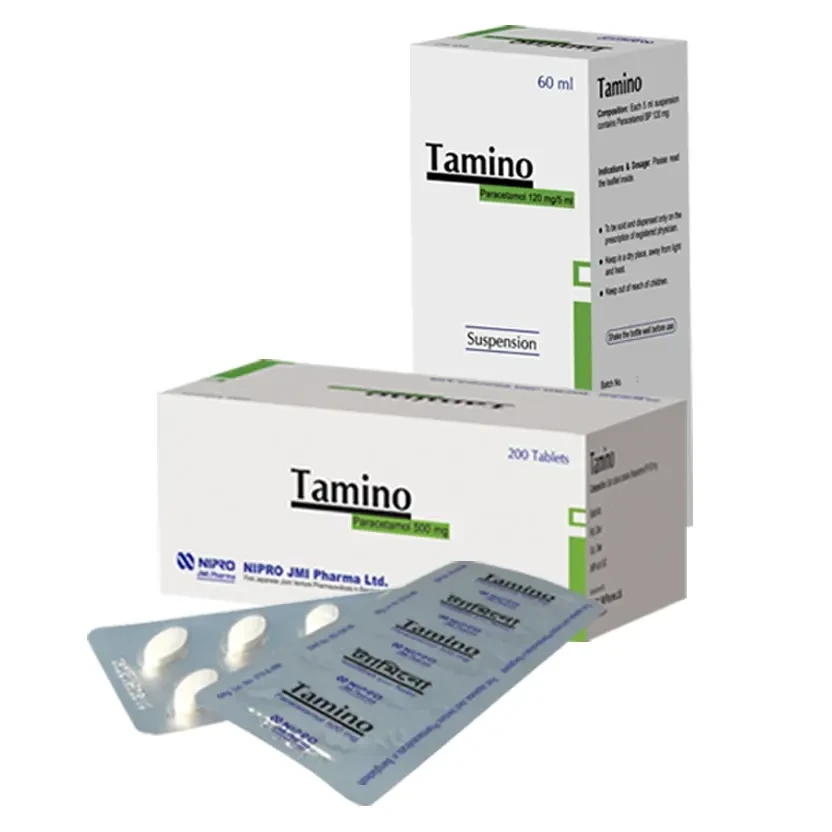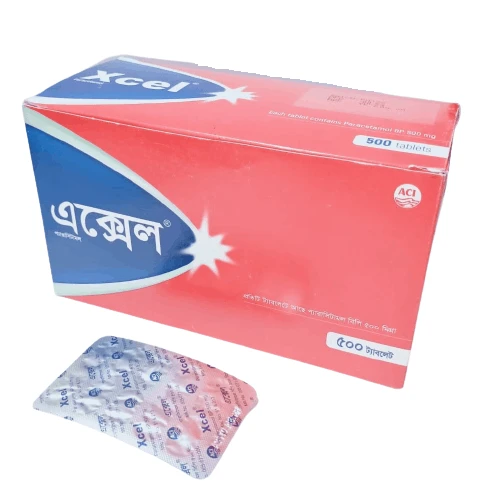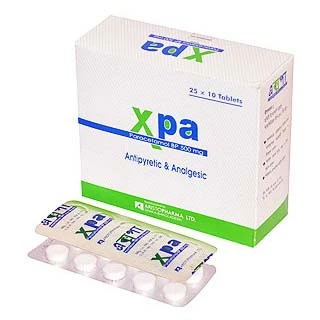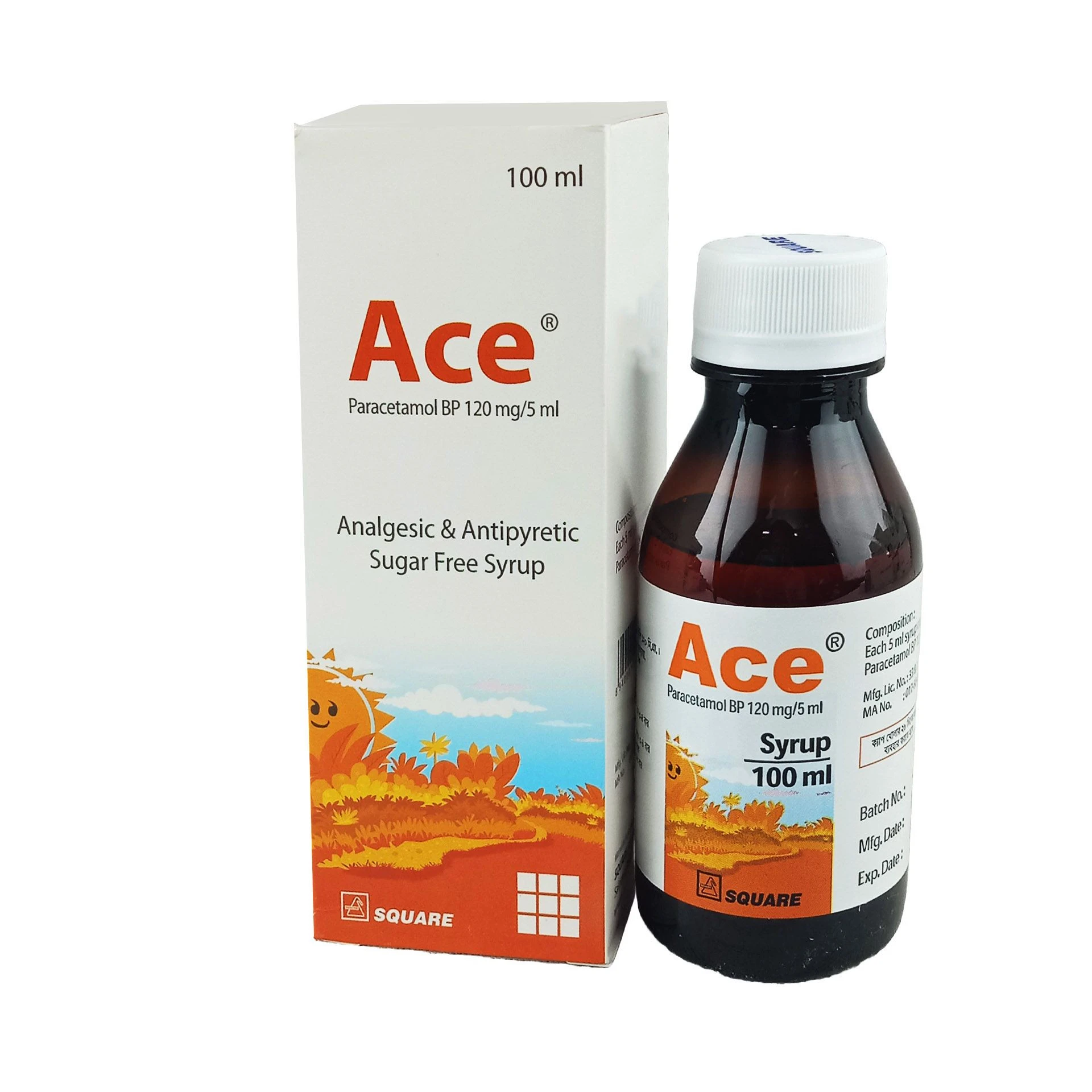Indications
Therapy with lipid-altering
agents should be only one component of multiple risk factor intervention in
individuals at significantly increased risk for atherosclerotic vascular
disease due to hypercholesterolemia. Drug therapy is indicated as an adjunct to
diet when the response to a diet restricted in saturated fat and cholesterol
and other nonpharmacologic measures alone has been inadequate.
Primary Hyperlipidemia: This
tablet is indicated for the reduction of elevated total cholesterol (total-C),
low density lipoprotein cholesterol (LDL-C), apolipoprotein B (Apo B),
triglycerides (TG), and non-high-density lipoprotein cholesterol (non-HDL-C),
and to increase high-density lipoprotein cholesterol (HDL-C) in patients with
primary (heterozygous familial and non-familial) hyperlipidemia or mixed
hyperlipidemia.
Homozygous Familial
Hypercholesterolemia (HoFH): This tablet is indicated for the reduction of
elevated total-C and LDL-C in patients with homozygous familial
hypercholesterolemia, as an adjunct to other lipid lowering treatments (e.g.,
LDL apheresis) or if such treatments are unavailable.
* রেজিস্টার্ড
চিকিৎসকের পরামর্শ মোতাবেক ঔষধ সেবন করুন'
Pharmacology
Atorvastatin: In animal models,
atorvastatin lowers plasma cholesterol and lipoprotein levels by inhibiting
HMG-CoA reductase and cholesterol synthesis in the liver and by increasing the
number of hepatic LDL receptors on the cell surface to enhance uptake and
catabolism of LDL; atorvastatin also reduces LDL production and the number of
LDL particles.
Ezetimibe: Ezetimibe reduces
blood cholesterol by inhibiting the absorption of cholesterol by the small
intestine. The molecular target of ezetimibe has been shown to be the sterol
transporter, Niemann-Pick C1-Like 1 (NPC1L1), which is involved in the intestinal
uptake of cholesterol and phytosterols. In a 2-week clinical study in 18
hypercholesterolemic patients, ezetimibe inhibited intestinal cholesterol
absorption by 54%, compared with placebo. Ezetimibe had no clinically
meaningful effect on the plasma concentrations of the fat-soluble vitamins A,
D, and E and did not impair adrenocortical steroid hormone production.
Ezetimibe does not inhibit cholesterol synthesis in the liver or increase bile
acid excretion. Ezetimibe localizes at the brush border of the small intestine
and inhibits the absorption of cholesterol, leading to a decrease in the
delivery of intestinal cholesterol to the liver. This causes a reduction of
hepatic cholesterol stores and an increase in clearance of cholesterol from the
blood; this distinct mechanism is complementary to that of statins.
Dosage & Administration
The dosage range is 10/10 mg to
80/20 mg daily. The recommended starting dose is 10/10 mg or 20/10 mg daily.
This can be administered as a single dose at any time of the day, with or
without food. The recommended starting dose for patients who require a larger
reduction in LDL-C (greater than 55%) is 40/10 mg daily. After initiation
and/or upon titration of this medicine, lipid levels should be analyzed within
2 or more weeks and dosage adjusted accordingly.
Patients with Homozygous Familial
Hypercholesterolemia: The dosage in patients with homozygous familial
hypercholesterolemia is 40/10 mg or 80/10 mg daily. This should be used as an
adjunct to other lipid-lowering treatments (e.g., LDL apheresis) in these
patients or if such treatments are unavailable.
Patients with Hepatic Impairment:
This is contraindicated in patients with active liver disease or unexplained
persistent elevations in hepatic transaminase levels.
Patients with Renal Impairment: A
history of renal impairment may be a risk factor for statin-associated
myopathy. These patients need closer monitoring for skeletal muscle effects. In
patients with renal impairment, no dosage adjustment is necessary.
* রেজিস্টার্ড
চিকিৎসকের পরামর্শ মোতাবেক ঔষধ সেবন করুন'
Interaction
The risk of myopathy during
treatment with statins is increased with concurrent administration of fibric
acid derivatives, lipid-modifying doses of niacin, cyclosporine, or strong
CYP3A4 inhibitors (e.g., clarithromycin, HIV protease inhibitors, and
itraconazole). The coadministration of Atova EZ with cyclosporine should be
avoided. Due to an increased risk of myopathy/rhabdomyolysis when HMG-CoA
reductase inhibitors are coadministered with gemfibrozil, concomitant
administration of Atova EZ with gemfibrozil should be avoided. The risk of
skeletal muscle effects may be enhanced when Atova EZ is used in combination
with niacin. Patients taking digoxin should be monitored appropriately. The
increase in AUC values for norethindrone and ethinyl estradiol should be
considered when selecting an oral contraceptive for a woman taking Atova EZ.
Caution should be exercised when prescribing Atova EZ with colchicine. If Atova
EZ is added to warfarin, a coumarin anticoagulant, the International Normalized
Ratio (INR) should be appropriately monitored.
Contraindications
Active liver disease or
unexplained persistent elevations of hepatic transaminase levels.
Hypersensitivity to any component of this preparation.
Side Effects
Common side effects are
rhabdomyolysis, myopathy, liver enzyme abnormalities, myalgia, abdominal pain,
increased hepatic enzymes.
Pregnancy & Lactation
Pregnancy Category X. This tablet
is contraindicated in women who are or may become pregnant. Serum cholesterol
and triglycerides increase during normal pregnancy. Lipid-lowering drugs offer
no benefit during pregnancy, because cholesterol and cholesterol derivatives
are needed for normal fetal development. Atherosclerosis is a chronic process, and
discontinuation of lipid-lowering drugs during pregnancy should have little
impact on long-term outcomes of primary hypercholesterolemia therapy. It is not
known whether atorvastatin is excreted in human milk, but a small amount of
another drug in this class does pass into breast milk.
Precautions & Warnings
Cases of myopathy, including
rhabdomyolysis, have been reported with atorvastatin coadministered with
colchicine, and caution should be exercised when prescribing Atova EZ with
colchicine. Atova EZ therapy should be temporarily withheld or discontinued in
any patient with an acute, serious condition suggestive of myopathy or having a
risk factor predisposing to the development of renal failure secondary to
rhabdomyolysis.
Liver Enzymes: It is recommended
that liver enzyme tests be obtained prior to initiating therapy with Atova EZ
and repeated as clinically indicated. If serious liver injury with clinical
symptoms and/or hyperbilirubinemia or jaundice occurs during treatment with
Atova EZ, promptly interrupt therapy. If an alternate etiology is not found, do
not restart Atova EZ. Active liver disease or unexplained persistent
transaminase elevations are contraindications to the use of Atova EZ.
Endocrine Function: Caution
should be exercised if Atova EZ is administered concomitantly with drugs that
may decrease the levels or activity of endogenous steroid hormones, such as
ketoconazole, spironolactone, and cimetidine.
Use in Special Populations
Pediatric Use: Safety and
effectiveness have not been established in pediatric patients.
Geriatric Use: In geriatric
patients, no dosage adjustment is necessary.
Overdose Effects
No specific treatment of
overdosage can be recommended. In the event of an overdose, the patient should
be treated symptomatically, and supportive measures instituted as required.
Therapeutic Class
Other lipid regulating drugs
Storage Conditions
Do not store above 30°C. Keep in
a dry place. Protect from light and keep out of the reach of children.



